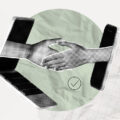Does the market for adult pacifiers really exist, or is it a sham? In this article, I examine the origins of this Chinese phenomenon and the possible forms a market for this product could take.
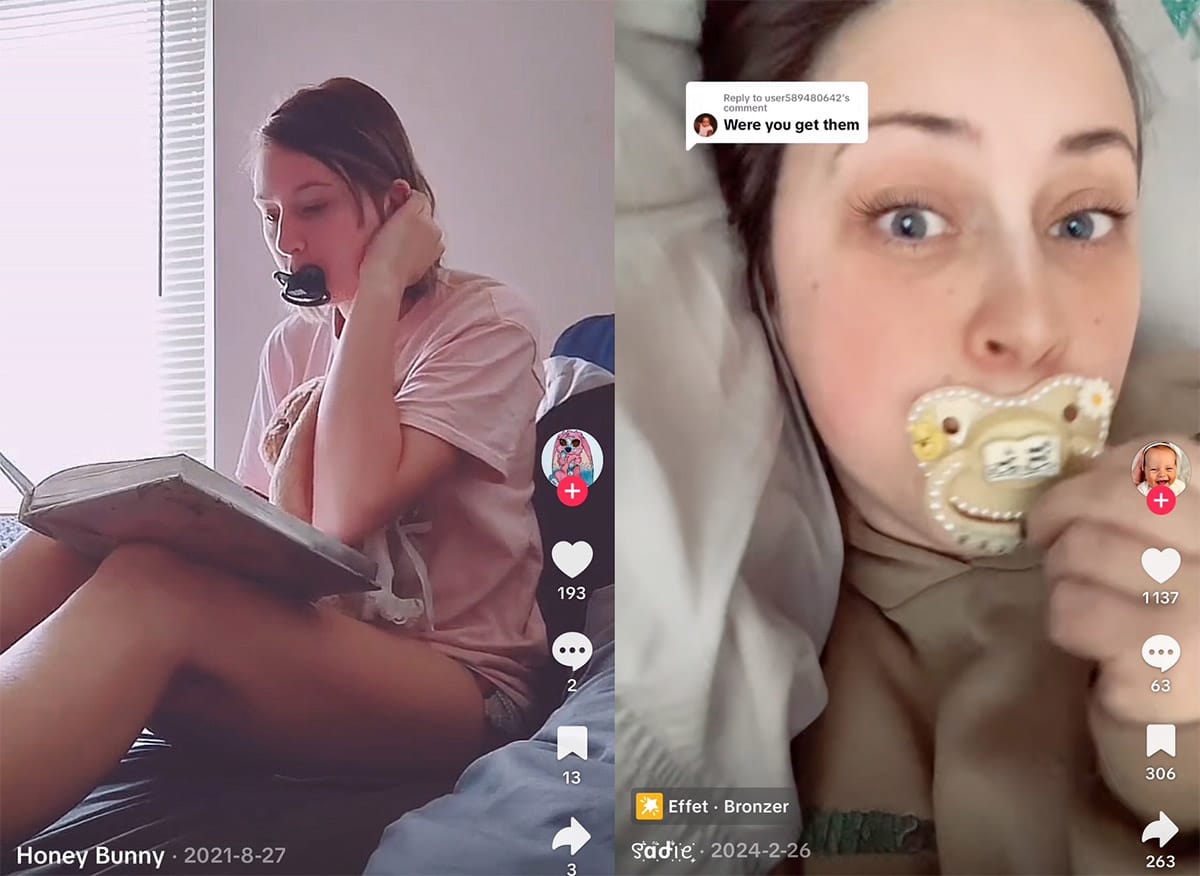
Is our society unwell? When I see certain marketing trends emerging, I’m absolutely convinced of it. Let me tell you about adult pacifiers. The kidult market will seem tame in comparison. The adult pacifier trend originated in China and, like in all bad movies, was popularized on TikTok. Young adults are seen with pacifiers in their mouths, supposedly to reduce stress, anxiety, and even promote better sleep.
It might seem funny, regressive, or playful, but this phenomenon concerns me. It hides a reality I attribute to growing psychological distress in our societies. Even more troubling is that this distress is being exploited for marketing purposes. Join me as I dive into this new trend, somewhere between a disturbing reality and a marketing irony that could very well come to fruition.
Contact IntoTheMinds for your market research
Adult pacifiers: key figures to know
- Thousands of units sold monthly on platforms like Taobao or JD.com.
- Highly varied prices — from $1.40 to $70 (~€1.50 to €60), depending on the models offered.
- Over 2,000 units sold in weeks by some specialized stores, particularly those offering customized versions (rhinestones, glitter).
How did the adult pacifier market emerge?
Of course, social media played a role. But the popularization of adult pacifiers is primarily explained by reasons tied to the mental health of these adults.
The COVID crisis seems to have been a pivotal event. In France, one in three people shows signs of psychological distress. Young people are even more affected, with 54% of those under 35 and 56% of those under 25 reporting such issues. To top it off, nearly 20% of 17-year-olds report having had suicidal thoughts in the past year.
In this context, the search for comfort takes many forms. I previously discussed the rising consumption of “comfort food”. The pacifier is another illustration of this need for comfort. It likely offers some a refuge from loneliness or a way to manage stress in an anxiety-inducing environment. Reasons for anxiety are numerous today: finances, economic prospects, ecology, and more. The media, which fuels this anxiety, also plays a role.
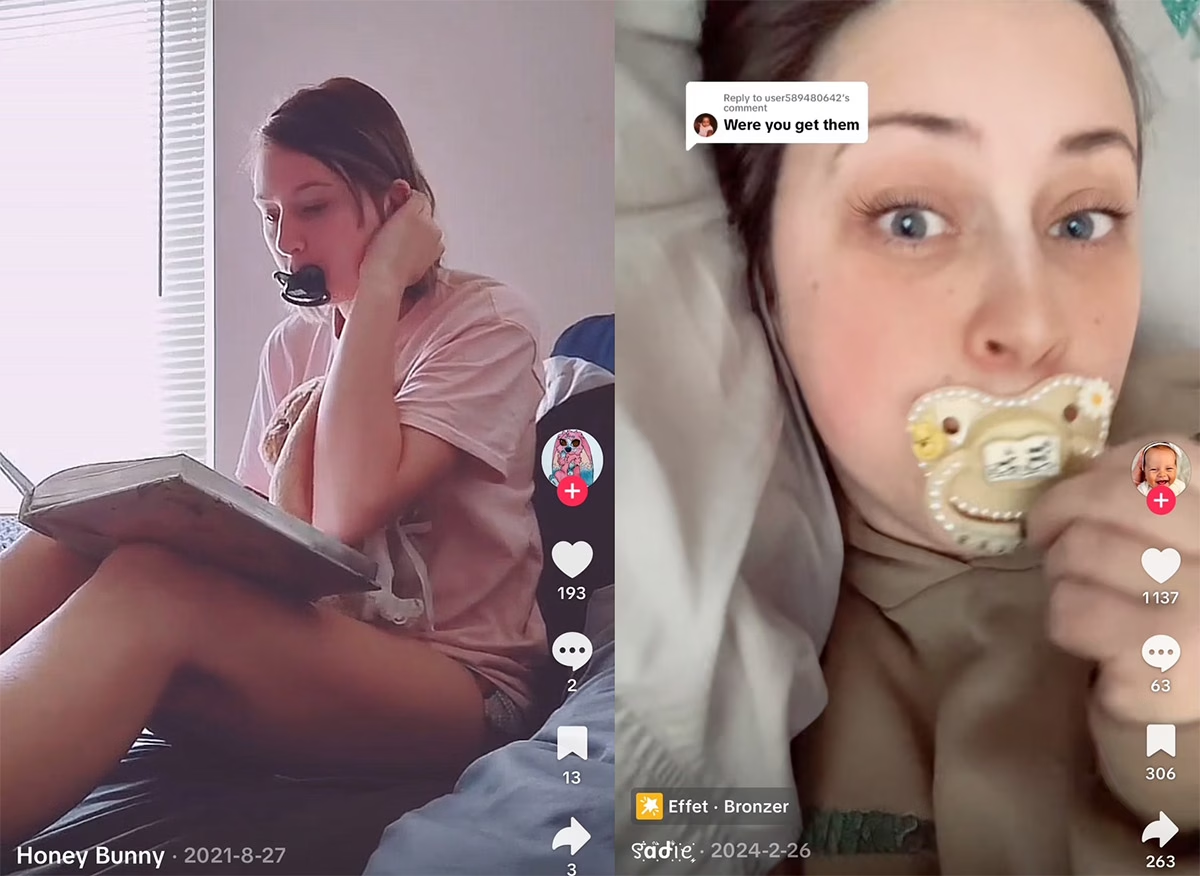
Originating in China via TikTok, the adult pacifier trend has been followed by Europeans and Americans who have showcased it.
An embraced regression but a taboo subject
Using a pacifier isn’t just about replicating a childhood gesture. The symbolism must be understood. It’s about returning to a time perceived as carefree. The lockdown during COVID created a real emotional break for many people. Some soothed it through specific consumption (toys, clothing, accessories). For others, it’s the pacifier.
The adult pacifier phenomenon, regardless of its actual scale, highlights the taboo of mental health. In France, nearly 60% of people believe it’s better to hide psychological issues to avoid being sidelined. Among young people, the situation is even more complex: over a third of 18- to 24-year-olds feel they don’t take care of their mental health, and 32% admit they don’t know how to do so.
The pacifier may ultimately be an outlet that materializes the difficulty some have in discussing their distress.
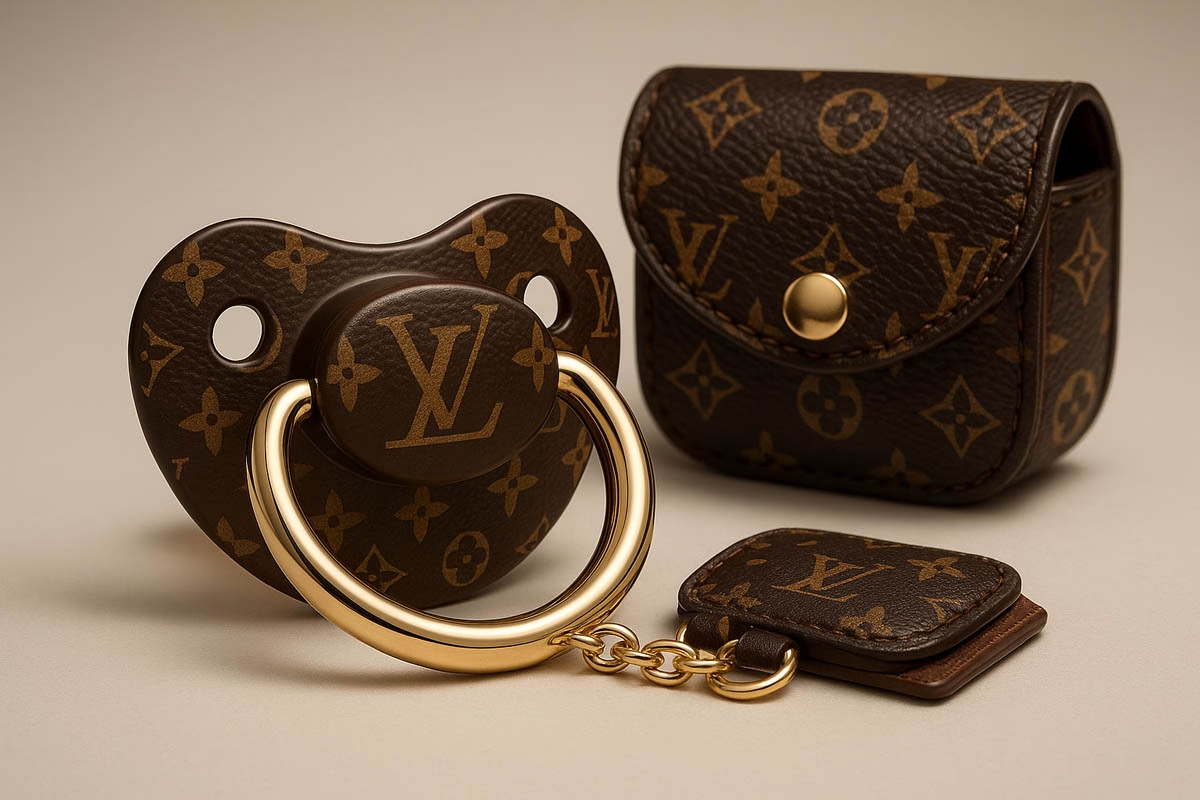
If the adult pacifier market were to grow, luxury brands might take an interest. However, the likelihood is low, as the fundamentals for a sustainable market are lacking. Additionally, issues associated with this practice (notably orthodontic) would place responsibility on premium brands.
Will the adult pacifier market grow?
The adult pacifier is a viral phenomenon driven by social media. Without structural elements to sustain this trend, it’s unlikely to last. To me, it’s more of an epiphenomenon than a market to capitalize on. Nevertheless, this won’t deter some brands from entering the market.
I wouldn’t be surprised to see a niche market develop around adult pacifiers:
- Design: Brands could launch “designer” pacifier ranges for adults. After all, a pacifier is an accessory like any other, and some buyers might want to express their individuality through it.
- High-end positioning: I doubt well-known luxury brands would venture into such a controversial market as adult pacifiers (likely due to image and positioning concerns), but I can’t shake the idea that someone will try to market luxury adult pacifiers.
- Accessories: If there are accessories for handbags, why not for pacifiers? I can see opportunistic (Chinese) brands developing ranges of small accessories to attach to the pacifier’s ring or stylish little cases to store your pacifier between meetings.
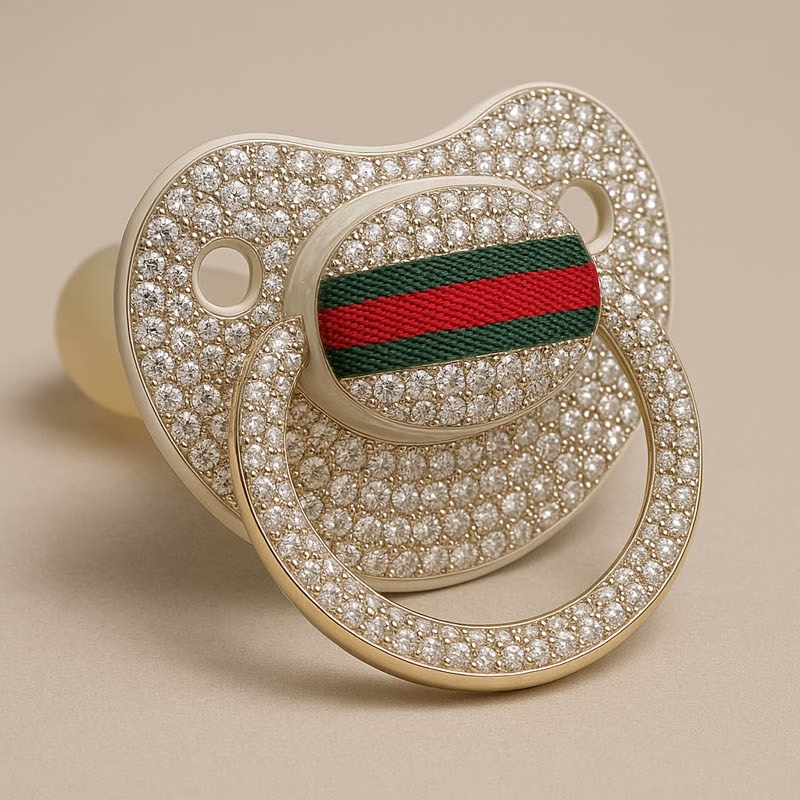
What might an adult pacifier look like if Gucci decided to make one? Perhaps like this (AI-generated image).
Conclusion
At the risk of repeating myself, I believe the adult pacifier market isn’t really a market. I even wondered if it was fake news from China. Even if young Chinese people have genuinely embraced pacifiers, the fundamentals in Europe aren’t strong enough for this trend to take root and endure. There will always be a few eccentrics who try it and showcase it. However, the stigma surrounding such behavior would likely be worse than the distress it’s meant to address.
In short, don’t count on this market to make you a millionaire. You’d likely be disappointed.




